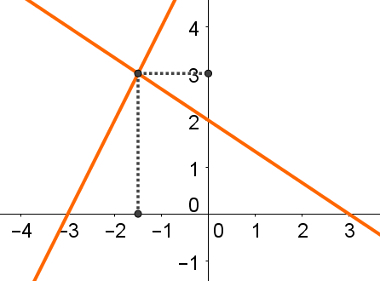The triangle is one of polygons simplest of Geometry, in relation to the number of sides and angles, but one of the most important and with the greatest applicability. Triangles are classified by their angles and the measure of their sides. Regarding the measure of the sides, we have the triangles:
Scalene: has all sides with different measurements;
Equilateral: have sides with equal measurements;
Isosceles: two of its sides have the same measurement.
Particularities of the Isosceles Triangle
We will emphasize our study on the isosceles triangle. Watch:
In any isosceles triangle, the base angles have the same measure, that is, they are congruent.

-
The PQ and PR sides have the same measurement;
Do not stop now... There's more after the advertising ;)
The angles of vertices Q and R, belonging to the base, have the same measure.
In the isosceles triangle, when we draw the median, height and bisector in relation to the base, we observe the same segment. Thus, we conclude that these elements belonging to the isosceles triangle are coincident.

In relation to the base QR, the segment PS determines the median, the bisector and the height, as PS joins the vertex P to the midpoint S of the base QR, divides the vertex angle in P into two equal parts and forms a 90º angle with the base segment, respectively.
by Mark Noah
Graduated in Mathematics
Would you like to reference this text in a school or academic work? Look:
SILVA, Marcos Noé Pedro da. "Particulars of the isosceles triangle"; Brazil School. Available in: https://brasilescola.uol.com.br/matematica/o-triangulo-isosceles-suas-particularidades.htm. Accessed on June 27, 2021.


